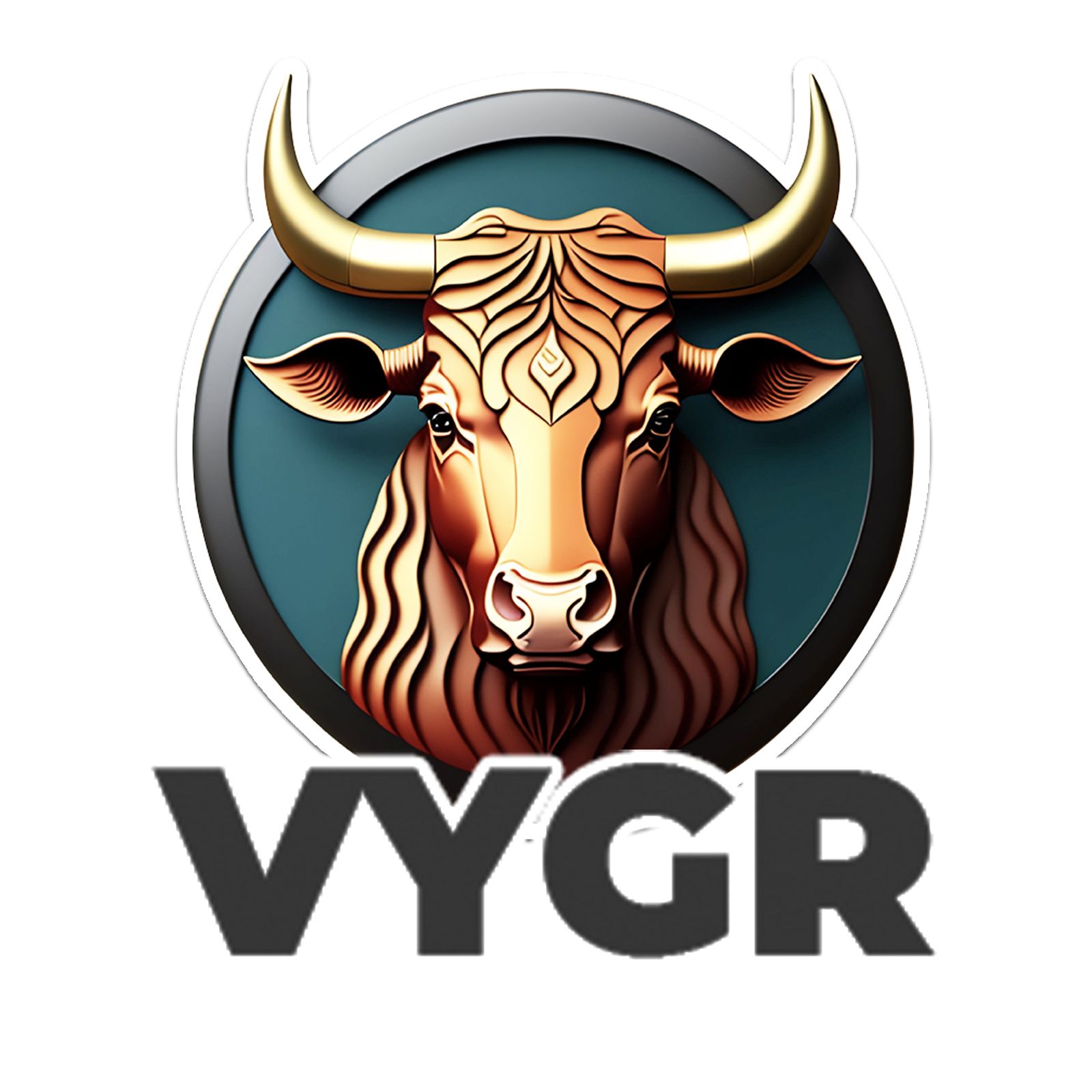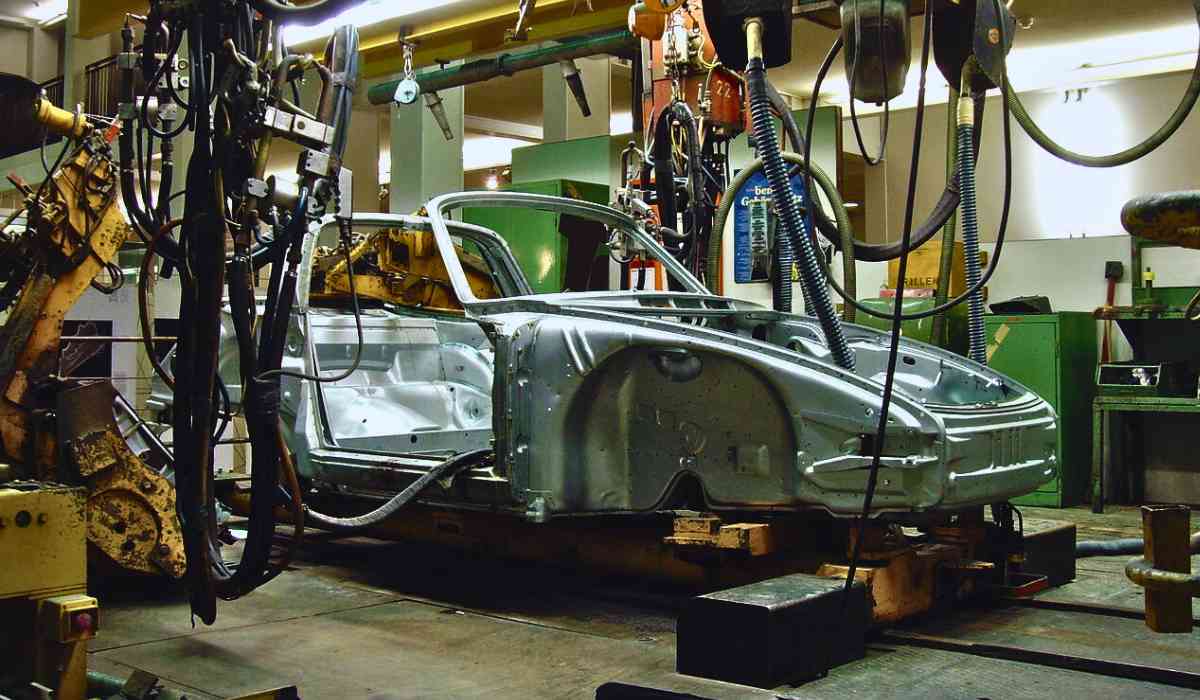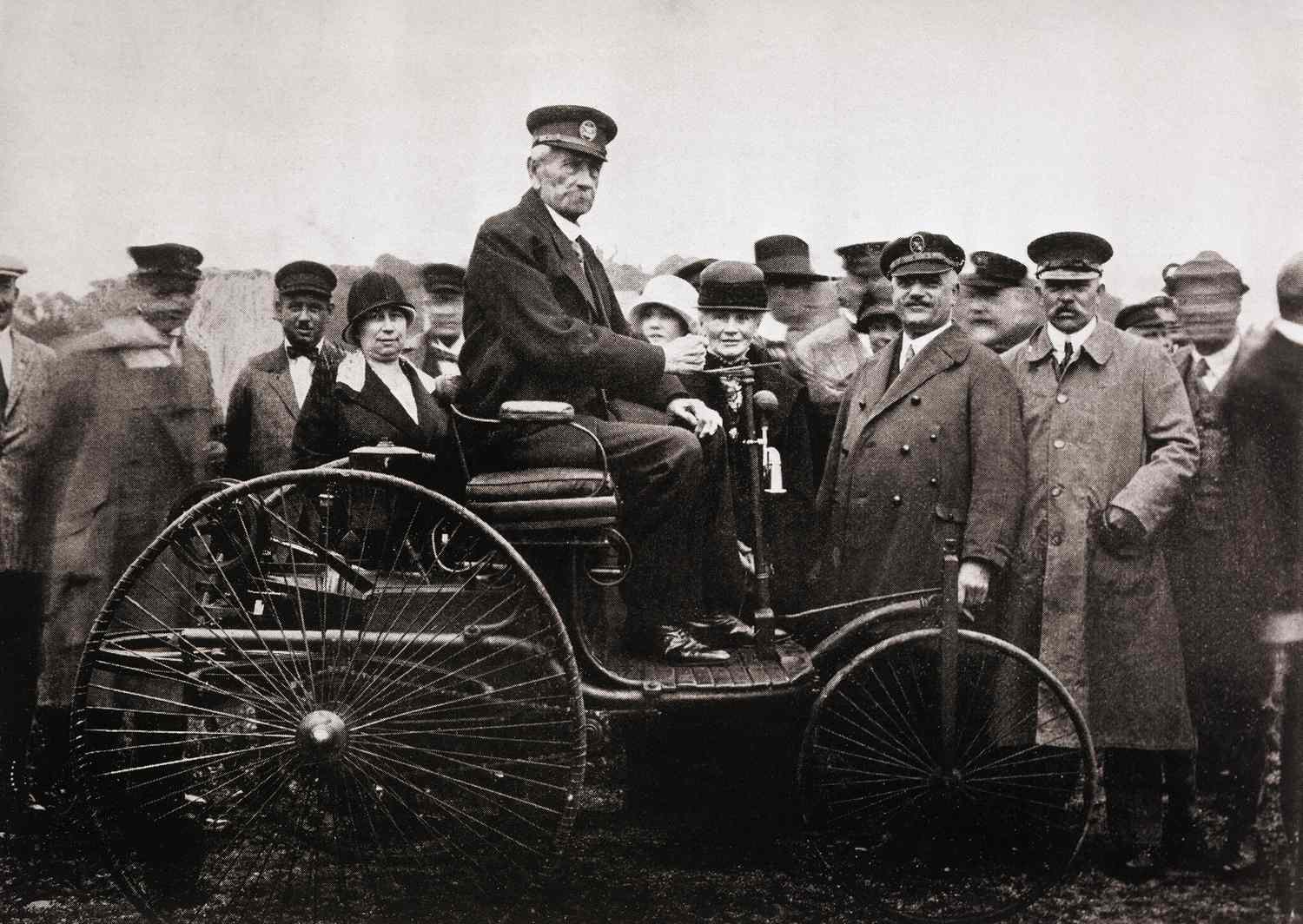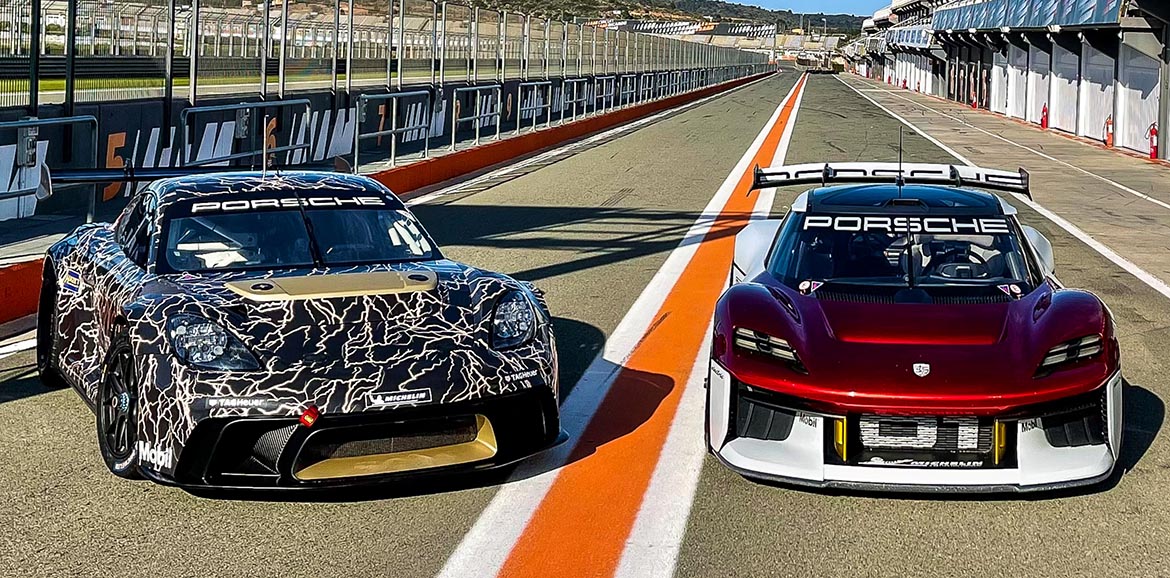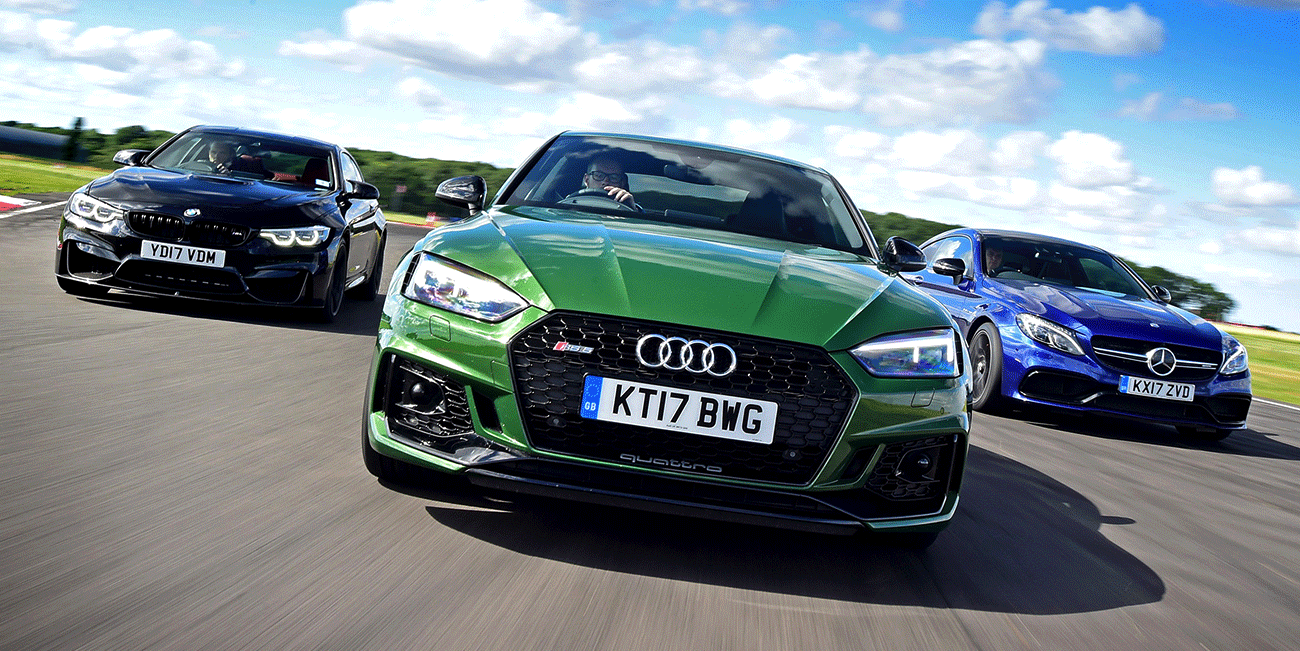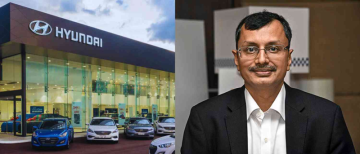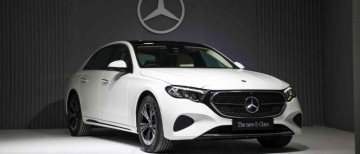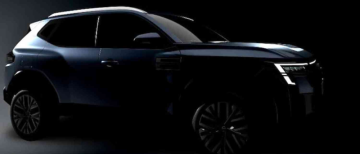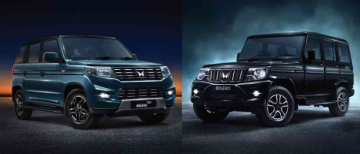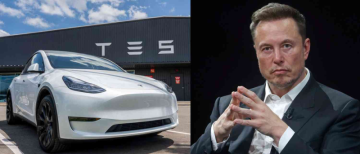When we think about luxury cars, one name often springs to mind first—Germany. Whether it’s the thrilling roar of a BMW engine, the poised elegance of a Mercedes-Benz, or the technological supremacy of an Audi, German automotive engineering has reigned supreme for decades. What sets German car manufacturers apart isn’t just horsepower or sleek curves—it’s a deeply rooted philosophy of precision, innovation, and relentless pursuit of perfection.
This article takes you under the hood of Germany’s automotive success story, exploring the roots, evolution, and reasons why their engineering remains decades ahead of the global competition in both luxury and performance.
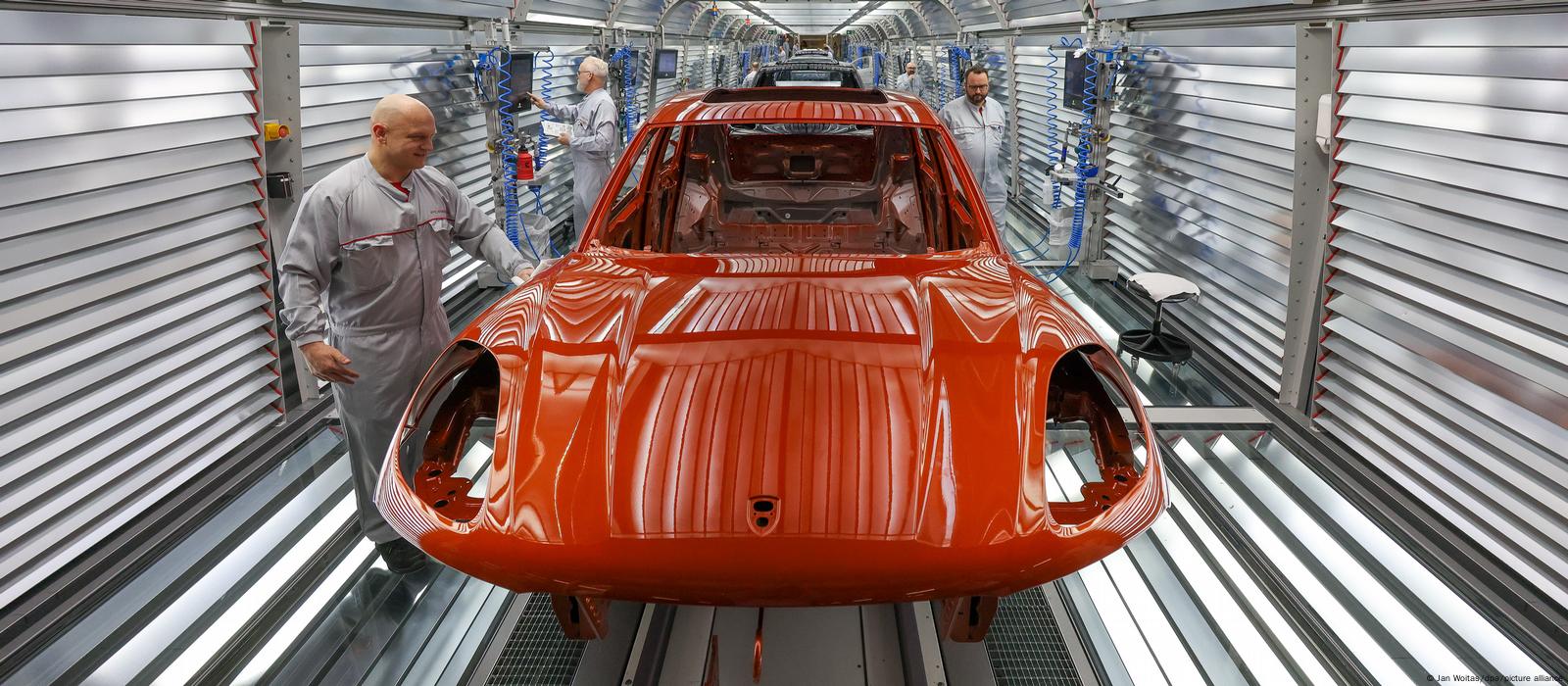
The German Engineering Ethos: Quality Above All
From the cobbled streets of Stuttgart to the high-speed Autobahns, German carmakers share a common DNA—engineering excellence. German auto companies are built on a legacy of mechanical precision, something that has been nurtured and passed down over generations.
Key Principles Behind German Engineering:
-
Rigorous Testing Standards: Cars undergo thousands of simulations and real-world trials before reaching consumers.
-
Precision Manufacturing: Tight tolerances and consistent quality control are non-negotiables.
-
Long-Term Durability: German vehicles are known to clock high mileage with minimal breakdowns.
-
Innovation Focus: Each brand invests billions annually in R&D.
Whether it’s the dual-clutch transmission system, adaptive cruise control, or lightweight carbon-fiber chassis—German automakers are often the first to introduce groundbreaking features that later become industry norms.
Historical Milestones: Pioneering the Automobile Era
The modern automobile was born in Germany. In 1886, Karl Benz created the first motor car—the Benz Patent-Motorwagen. This innovation set the tone for the next century.
Timeline of Key Innovations:
-
1926: Mercedes-Benz becomes the world’s first automobile brand after the merger of Benz & Cie and Daimler-Motoren-Gesellschaft.
-
1930s: Auto Union (now Audi) pioneers racing technology with mid-engine layouts.
-
1960s–70s: BMW refines driving dynamics with its “Ultimate Driving Machine” campaign.
-
1980s: Audi brings Quattro all-wheel-drive to mainstream performance.
-
2000s: Volkswagen Group's Modular Platform Strategy revolutionizes mass production with flexibility.
The Big Three: Mercedes-Benz, BMW, and Audi
Mercedes-Benz: The Epitome of Prestige
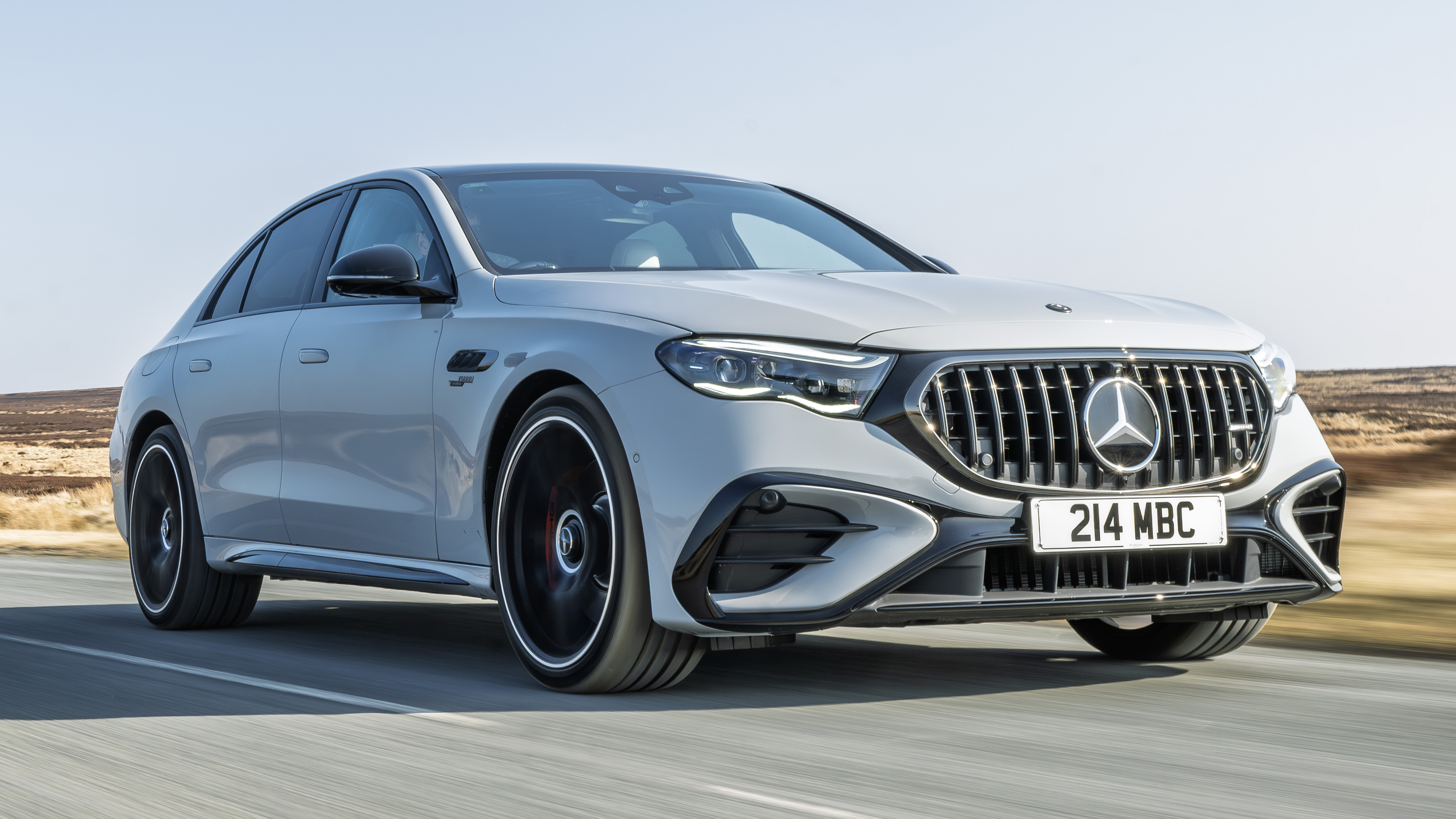
Known for sophistication and luxury, Mercedes combines traditional craftsmanship with cutting-edge tech. Their S-Class has been a benchmark for luxury sedans, often introducing first-in-class features such as active safety systems and digital dashboards.
Their new MBUX Hyperscreen dashboard is a 56-inch wide AI-powered control panel, a true fusion of luxury and technology.
BMW: The Ultimate Driving Machine
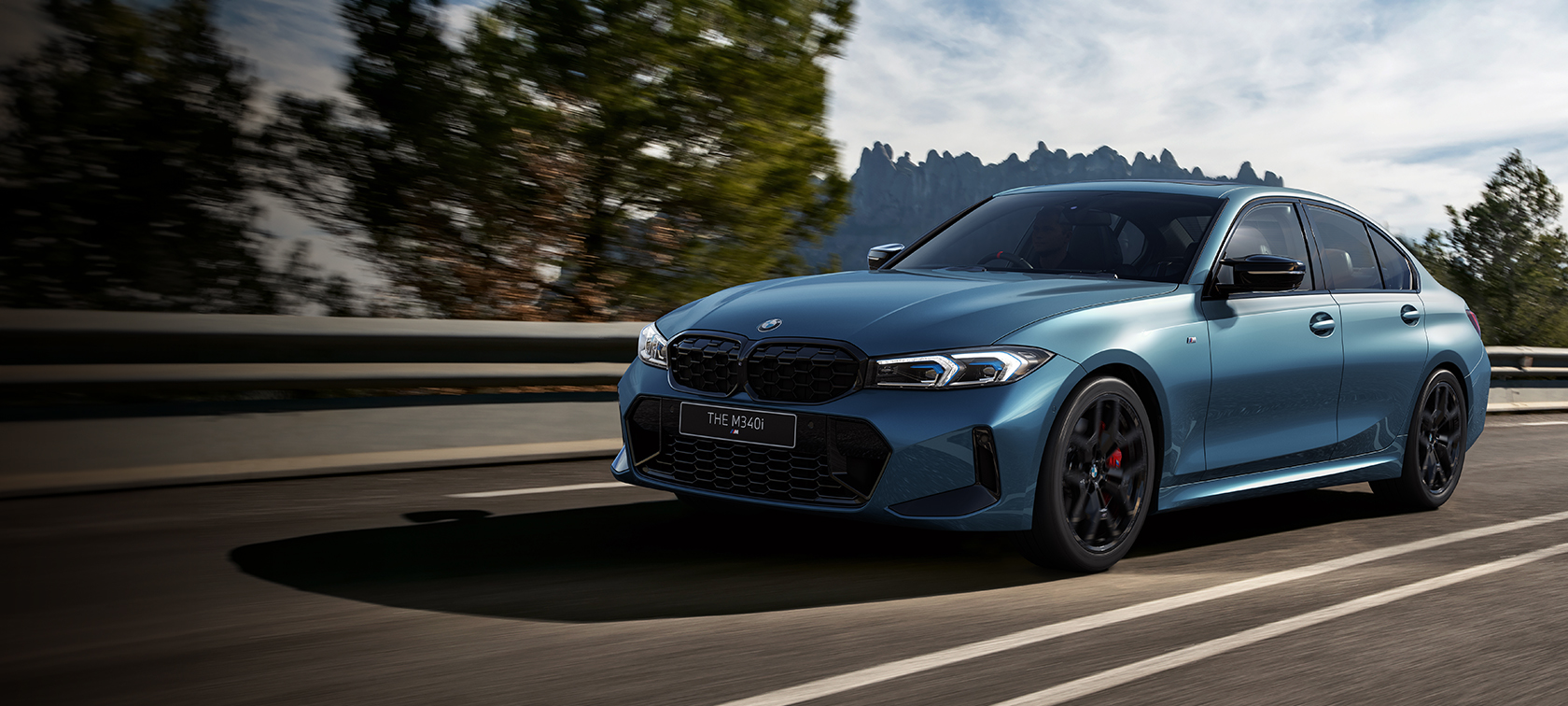
BMW has always emphasized the driving experience. With its balanced 50:50 weight distribution and inline-six engines, BMWs deliver sporty handling unlike any other luxury brand. The M Division (Motorsport) has produced some of the most iconic performance cars in history, including the M3 and M5.
Their recent push into electric performance with the BMW i4 and iX shows they’re not slowing down.
Audi: Where Innovation Meets Elegance
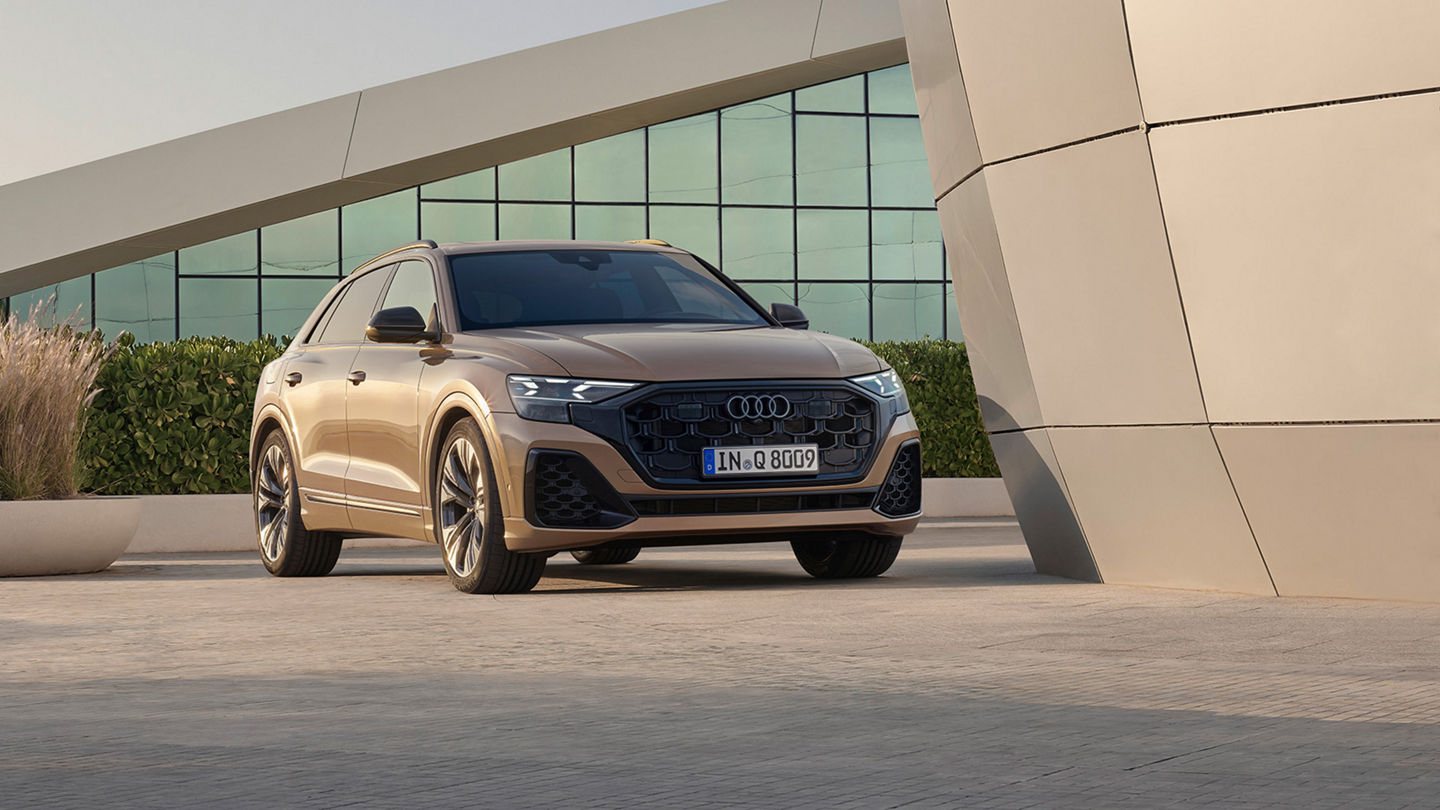
Audi’s slogan “Vorsprung durch Technik” (Advancement through Technology) isn’t just marketing—it’s a culture. From laser headlights to their famed Quattro AWD system, Audi leads in performance and innovation.
Their fully electric e-tron GT not only rivals Tesla in performance but offers unmatched interior refinement.
The Rise of Electric and Autonomous Mobility
German automakers have entered the EV battlefield with full force. BMW, Audi, and Mercedes all have dedicated EV platforms and future-forward technologies.
Key Developments:
-
Volkswagen’s ID. series aims to bring electric mobility to the masses.
-
Porsche Taycan – Germany’s answer to Tesla – has set a new bar for electric performance.
-
Mercedes EQS features Level 3 autonomy and AI-powered comfort customization.
German automakers have been cautious but calculated in this transition, emphasizing quality, safety, and infrastructure readiness over speed to market.
Craftsmanship Meets Digitalization: The Future of Interiors
Luxury is no longer defined by leather and wood alone. German cars now feature:
-
Ambient lighting that syncs with moods
-
AI-driven infotainment systems
-
Over-the-air updates
-
Sustainably sourced materials
Porsche’s Mission R concept even features 3D-printed, biodegradable seat materials and a driver-focused digital cockpit that looks like something from a sci-fi movie.
Motorsports: A Testing Ground
Germany’s obsession with performance is evident in motorsports. Mercedes dominated Formula 1 from 2014–2020. Audi has claimed victories at Le Mans, and BMW continues to be a powerhouse in touring car championships.
What motorsport gives them:
-
Performance data to improve street cars
-
Endurance testing of components
-
Brand image elevation and global presence
Every track-tested innovation—from carbon-ceramic brakes to paddle shifters—eventually finds its way into consumer vehicles.
How German Cars Compare Globally
| Feature | Germany | USA | Japan | South Korea |
|---|---|---|---|---|
| Engineering Precision | ★★★★★ | ★★★★ | ★★★★ | ★★★ |
| Luxury Interiors | ★★★★★ | ★★★★ | ★★★ | ★★★ |
| Innovation Leadership | ★★★★★ | ★★★★ | ★★★★ | ★★★ |
| Durability | ★★★★★ | ★★★ | ★★★★★ | ★★★ |
| Global Prestige | ★★★★★ | ★★★★ | ★★★ | ★★ |
While Tesla may dominate electric headlines, and Japanese brands like Lexus and Honda are known for reliability, German cars combine all facets of automotive excellence under one roof.
Challenges & Criticisms
Of course, no empire is without cracks.
-
High Maintenance Costs: Repairs are expensive due to specialized parts and software.
-
Complexity: Overengineering sometimes complicates basic maintenance.
-
Emissions Scandals: The Volkswagen Dieselgate scandal dented the trust in 2015, though the industry has since made significant reforms.
Still, German automakers have responded with transparency and stricter regulations. Their EV commitments are stronger than ever.
A Legacy Built on Precision
German cars are more than vehicles—they are works of moving art, precision-engineered statements, and technological marvels. Whether it’s cruising in a BMW M8, relaxing in the backseat of a Maybach, or whispering through traffic in an Audi e-tron, you’re experiencing over a century of obsession with perfection.
As the automotive world transitions into electric, connected, and autonomous mobility, German engineering is not just keeping pace—it’s redefining the standard.
With inputs from agencies
Image Source: Multiple agencies
© Copyright 2025. All Rights Reserved Powered by Vygr Media.
